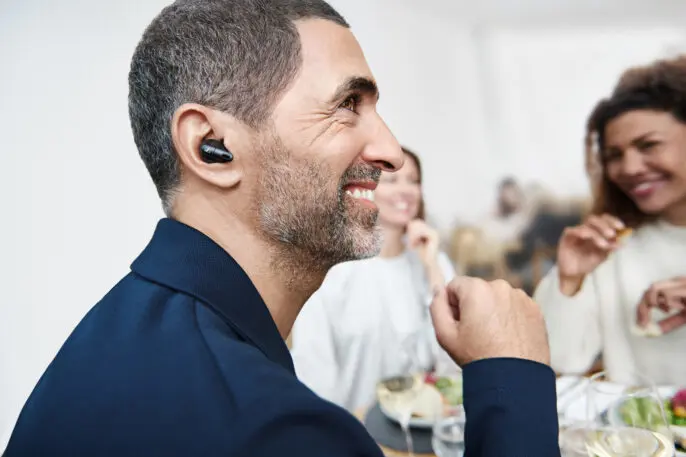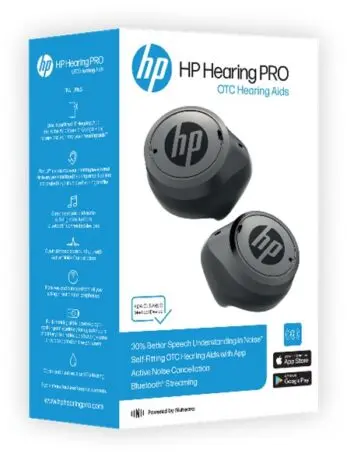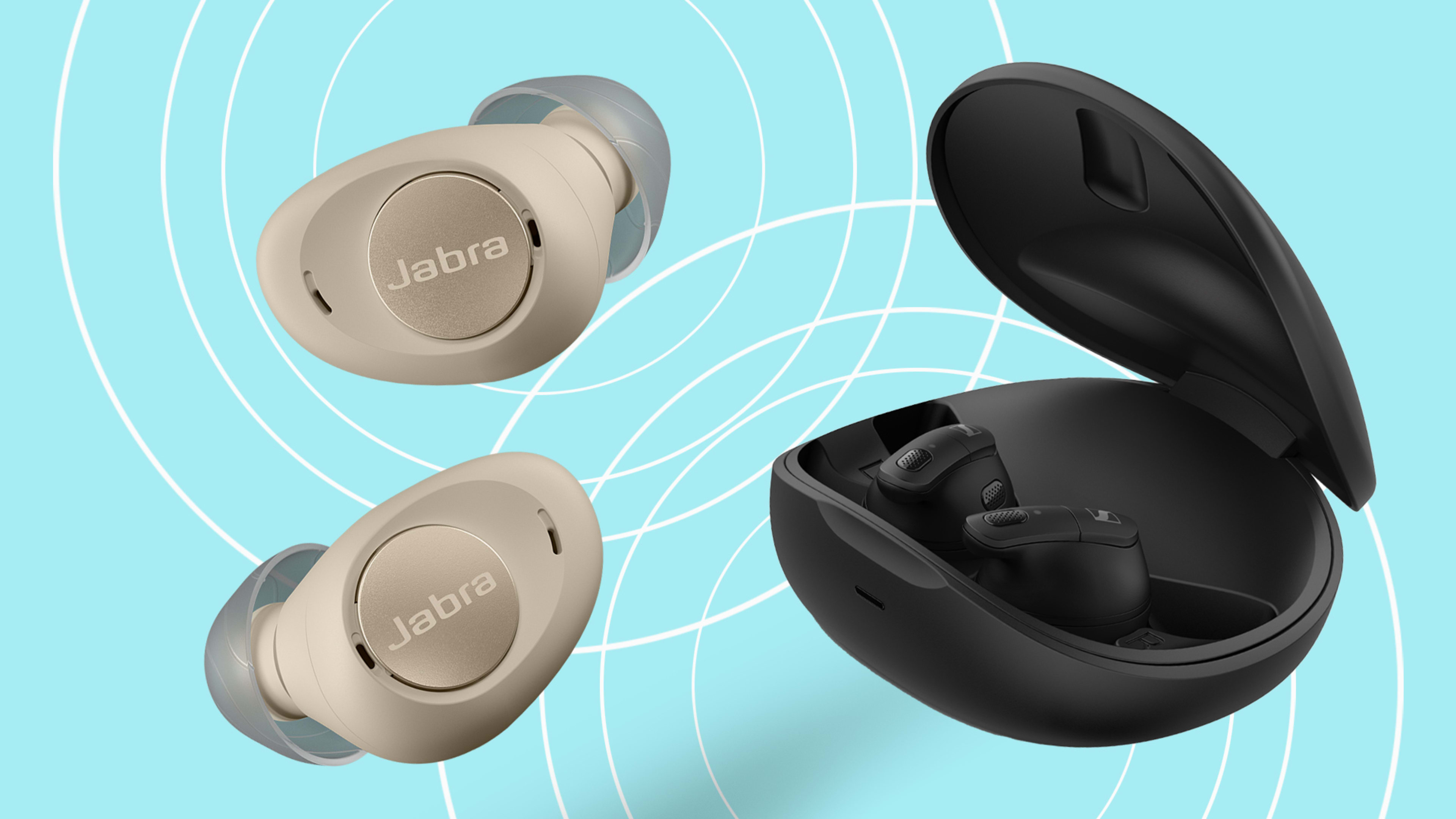Once the Food and Drug Administration announced last August that it would let some hearing aids be sold over the counter for the first time, it seemed clear that the technology would be all over the Consumer Electronics Show this year. And it certainly was.
There were OTC hearing devices from familiar tech companies—and many more from companies that aren’t so familiar—in a variety of shapes, sizes, and prices. It’s a rush that makes sense.
The World Health Organization warns that by 2030, nearly 630 million people worldwide will have a hearing disability. By 2050, that could jump to 900 million, in part because of regular exposure to loud sounds at work and in our personal lives (such as by listening to music with earphones). Currently, 15% of American adults ages 18 and older—37.5 million people—report some trouble with their hearing.
But just as any other field that is new in tech, not all companies charging into the augmented-hearing market are likely to survive.
Price points for most OTC hearing aids are still high (though nowhere close to prescription hearing devices, which can cost as much as $5,000). Sennheiser introduced the Conversation Clear Plus, a set of earbuds that the company doesn’t classify as an OTC hearing device per se (although it places significant focus on dialogue enhancement). The product will retail for $850 when it hits the market later this year. Jabra’s Enhance Plus earbuds will cost $799.
Jabra calls its device a “lifestyle hearing enhancement,” and notes that it’s not designed as an all-day hearing aid but rather one that is for situational use (such as at restaurants or trade shows where the background noise is considerable).

That’s a philosophy Nuheara and HP are following as well. The HP HearingPro OTC hearing aid, which is FDA cleared, is “more about your lifestyle,” says Justin Miller, cofounder and managing director of Nuheara, which licensed HP’s name for its latest device.
Both the Jabra and HP/Nuheara devices more closely resemble the kind of earbuds you’d use with your smartphone. They’re not exactly subtle, but Miller says that’s what many customers expect these days.
“What has happened over the last five years is there’s been a normalization of people wearing things on their ears, and a lot of them have talk-through features,” Miller says. “So our opportunity is for the mild to moderates, which is when you’re in the early stages of hearing loss; 80% of the patients in that market don’t do anything about it. So that’s our opportunity.”
While many of the companies displaying hearing devices at CES priced their products in the $800 to $1,000 range, there were some outliers. JLab was one, offering a device that’s priced at just $99, due out between July and September. It won’t have many of the features others offer, like customizable sound settings, but will be at a more acceptable price point for some consumers.

Meanwhile, Eargo, a longtime player in the hearing enhancement field, rolled out the Eargo 7, which will be largely invisible (it sits in the user’s ear canal) and carry a retail price of $2,950. That’s a lot, but Eargo is taking a different approach to sales.
While the company does sell its product at retailers like Best Buy, as many of its competitors do, it’s also in 1,500 Vicra stores—Verizon’s largest authorized retailer. People curious about OTC hearing aids can go there to have their hearing assessed and learn more about the device.
“About 30% of people who walk into stores are over 50 and have hearing loss,” says Nick Laudico, SVP and head of corporate strategy. “The problem is the awareness of products. What we’ve tried to design is a completely unique and different consumer experience, physically, in retail. These are products people need to learn about. They need to be educated between this and another product. And they need someone who can walk them through this process.”

Retailers and drug stores are about to be awash in these devices as companies take part in the land grab. For makers of OTC hearing aids, it will be important to stand out from the competition, whether via a unique retail experience or partnership with a familiar name (such as WS Audiology, which has partnered with Sony to create OTC self-fitting hearing aids).
Success will likely come down to a few factors: value, marketing, and quality of the product. And Eargo, which has been attending CES since 2015, believes the culling of firms that don’t clear those hurdles will come quickly.
“The challenge with what we’re seeing in the OTC market is there are a lot of new entrants that are putting out what we consider schlock,” Laudico says. “I think over the next year, those will be weeded out pretty quickly.”
Recognize your brand’s excellence by applying to this year’s Brands That Matter Awards before the early-rate deadline, May 3.
